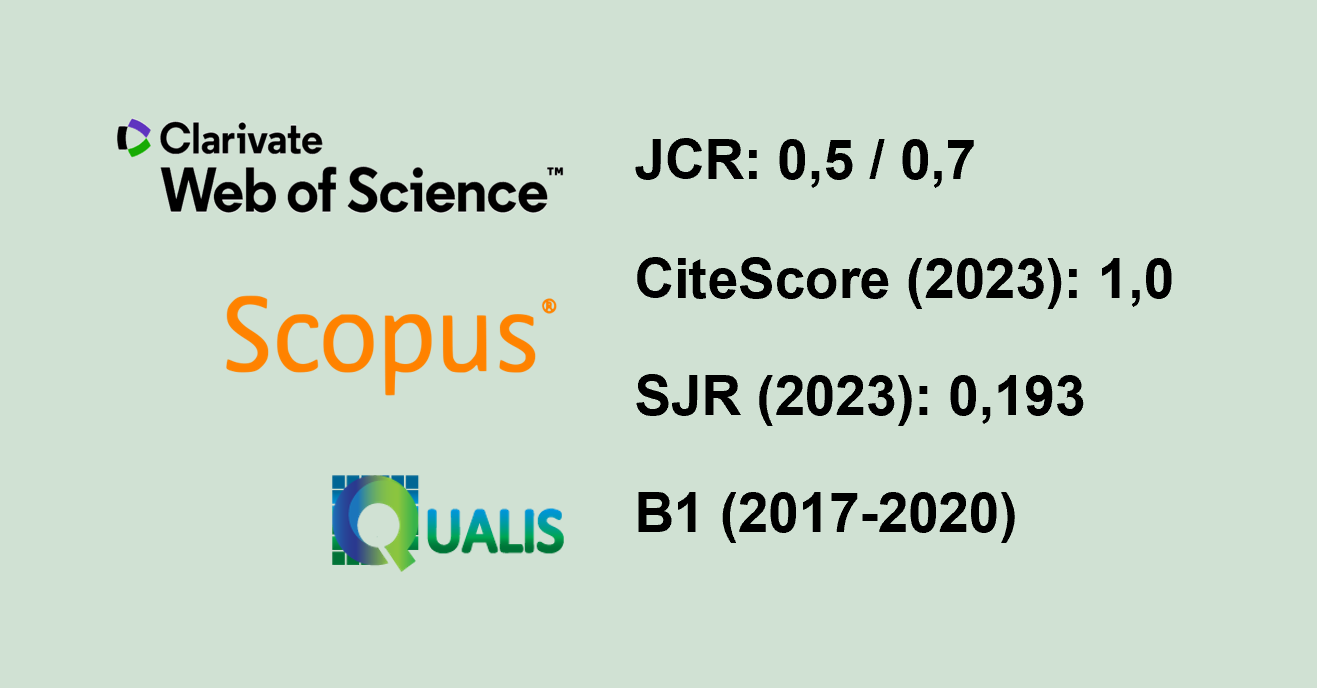Quality of soil tillage performed with a hydraulic excavator and a tractor in sloped areas
DOI:
https://doi.org/10.53661/1806-9088202448263819Keywords:
Forestry, Tillage, Quality analysisAbstract
Studies addressing the mechanization of forestry in slope areas are scarce because of the difficulties to access those areas and the cost of the activity. A recent adaptation using a hydraulic excavator for soil tillage in sloped areas has shown positive results mainly obtained due to the benefits provided by the increase in subsurface area. However, little is known about its effect on the quality and efficiency of the activity. Therefore, the objective of this study was to evaluate the soil tillage quality performed by a hydraulic excavator and a subsoiler attached to a tractor during the dry and rainy seasons, in the presence (PW) or absence of a wing (AW) in the chisel of the subsoiling tines in sloped areas. We evaluated the depth, the surface width, the mobilized soil area, the profile of the tilled soil, and the quality of clod breakdown. Soil preparation in the rainy season is approximately double the prepared area compared to the second period. In addition, the presence of the wing on the tip of the subsoiler rod contributes to increase the mobilized soil area and consequently increased soil clods, thereby indicating the quality of the preparation, especially in the dry season. The hydraulic excavator mobilizes the soil with higher averages than those recommended for inclined areas due to its mechanical power, while the subsoiler maintains the preparation within the expected averages. Despite the peculiarities of each implement, they both present quality soil performances.
Keywords: Forestry; Tillage; Quality analysis
Downloads
Published
How to Cite
Issue
Section
License
Copyright (c) 2024 Revista Árvore

This work is licensed under a Creative Commons Attribution 4.0 International License.
All authors agreed to submit the work to Revista Árvore and granted the exclusive license to publish the article. The authors affirm that it is an original work and has not been previously published elsewhere. The scientific content and opinions expressed in the article are the sole responsibility of the authors and reflect their opinions, not necessarily representing the opinions of the editorial board of Revista Árvore or of the Society of Forest Investigations (SIF).








